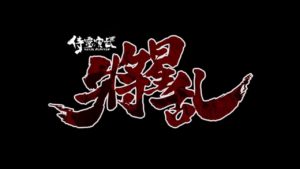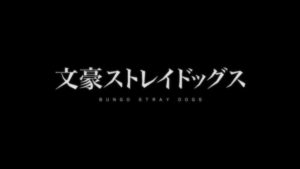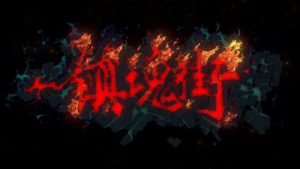Back during GOG‘s Insomnia Sale I picked up a bunch of games, then grabbed some card-related ones on a weekend sale a bit later. Due to the winter Anime season recently ending I didn’t really have much time to mess around with them. Some first impressions on the ones I did get a chance to play are listed below.
Card City Nights: A card battle game where you build your deck from booster packs from various sets like a physical card game. It seems fun from the two matches I played, it’s just going to require a decent time investment to deal with all the variables like set variety and deck building strategy. I definitely plan on coming back to it later.
Gothic 2 Gold Edition: Playing this reminded me of Risen, which turned out to be from the same developer. I’m only at level 2 at the moment (having cleared out most of the quests in the starting area), but it’s not really grabbing me so far. The main problem is the awful combat/movement controls; moving around is finicky and it’s difficult to tell if you’re close enough to something to hit it (or for it to hit you). The secondary problem is that, considering there’s a finite amount of XP and learning points all go toward increasing the same skills/attributes, I’m unsure what’s the most efficient way to go about building the character. I suspect it will get better once I get to a high enough level where boars can’t 1-shot me.
HuniePop: I was under the impression this was a puzzle game with dating sim aspects when I grabbed it. It’s actually the reverse. The puzzle aspects are fun, but they’re really not worth dealing with all the dating sim crap.
Icewind Dale: Enhanced Edition: While it’s certainly nice to have all the BGII kits available to choose from, the lack of certain basic configuration options really hurts it (not being able to set your fullscreen resolution is complete bullshit) and the GUI seems to have less options (in the original you could right-click an ability slot to change it to a different ability, here that doesn’t seem possible). I can’t speak of any other additions/changes just yet since I’ve only cleared the few quests in the starting town so far.
King of Dragon Pass: There’s a lot of stuff going on here, and it will take quite some time to really grasp what does what and how to best manipulate the various options. After getting attacked by 100+ bandits on the second turn (the village started with 10 dedicated warriors) I decided to put it aside until I get a chance to read through a FAQ or 3.
Renowned Explorers: International Society: Only played through the tutorial and the first mission so far, but this seems fairly inventive and like a lot of fun. The only issues I see at the moment are that it’s a bit difficult to choose how to spend your resources, and that while there are indeed multiple ways to win the conflicts, there is a clear best way to win them (winning in one of the other ways gives you a lesser or no reward) which can discourage particular playstyles.
RuneStone Keeper: This has been compared to Minesweeper, and while that’s not a bad comparison it’s somewhat misleading. This is a lot less strategic than Minesweeper. What you get when you click a particular tile is completely random and you rarely get any sort of hint/indication as to what may be on it. A tile might be a monster, it might be empty, it might be a trap, it might be a shop/spell/tool. You never know and it’s very difficult (potentially impossible depending on what tools you find) to prepare for. The game may be good as a time waster, but I would not consider ever trying to play in a serious attempt to ‘win’.





